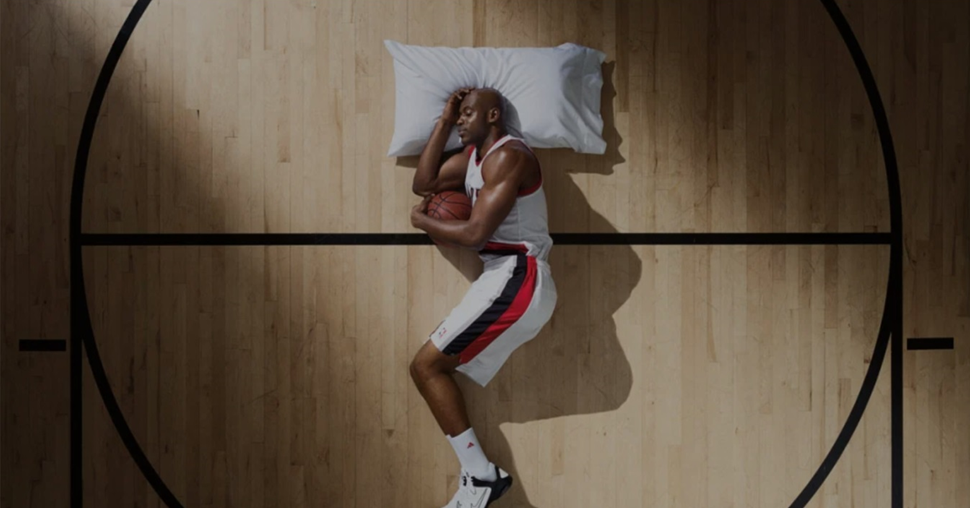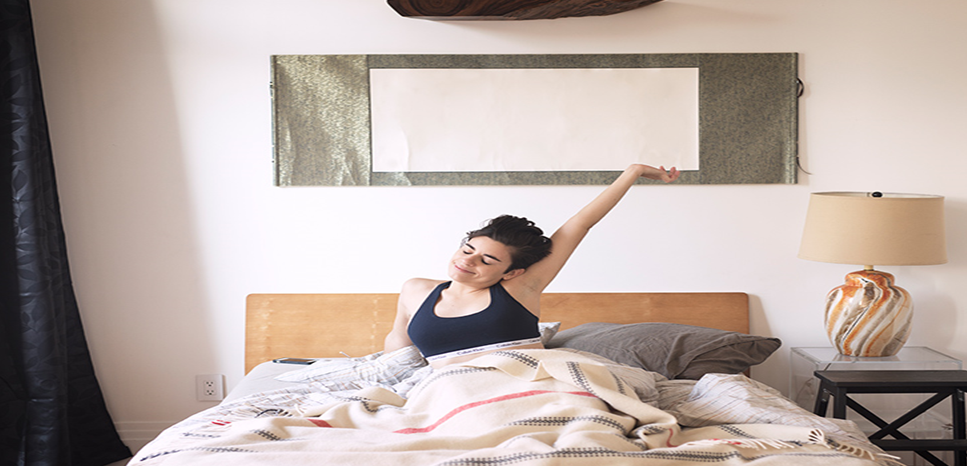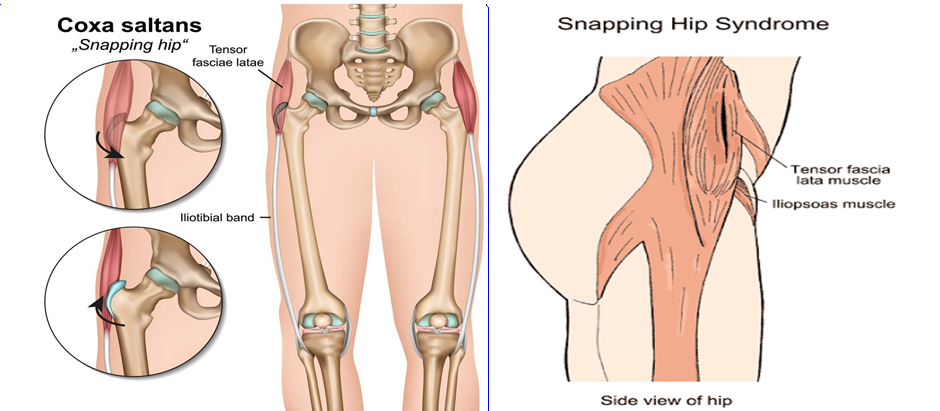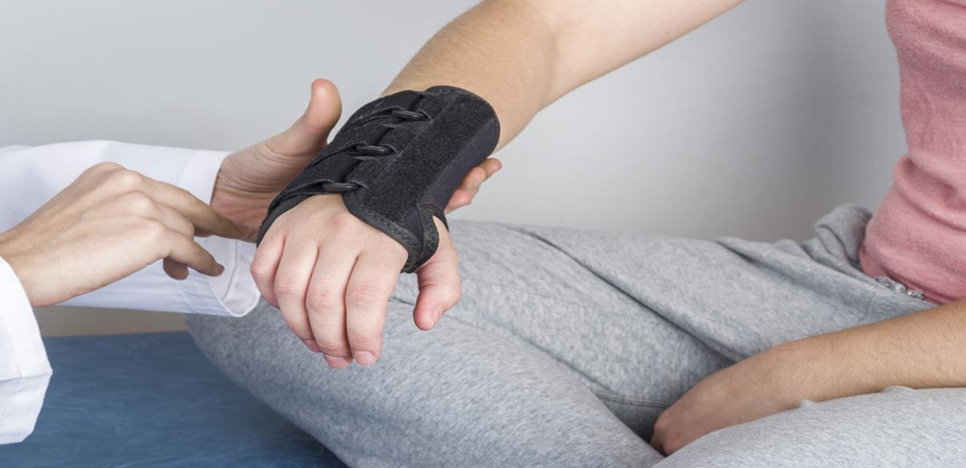
How to Improve Spine Health with the Right Sleeping Posture.
WHAT IS THE CORRECT SLEEPING POSTURE? – EVERYTHING YOU NEED TO KNOW FOR HEALTHY SLEEP HYGIENE.
Did you know that sleeping well is as important to our health as having a good diet and exercising regularly? That is why in this My Sports Injury Clinic’s article regarding correct sleeping posture and healthy sleep hygiene you will know the reasons why it is essential to have a sleeping good posture and how to correct sleeping posture. Thus, avoid a bad rest that has negative consequences on our body and mind, favoring the development of diseases, ailments, and injuries of all kinds. Not having a sleeping good posture can make the back pain, shoulder suffer, as well as neck area. Avoid circulatory problems and discomfort caused by poor posture, by the hardness of the mattress; these are elements that cannot be left lightly.

“A fact: people who sleep less than five hours continuously have a 12% higher risk of mortality.”
It is proven that both muscle discomfort and insomnia problems can be improved by using the appropriate rest equipment. We already know that to have a restful sleep we must have a good sleeping posture, which is key to the performance of any individual in their day-to-day life, but especially for elite athletes.
“Sleep is an important part of welfare and good physical condition and has a major impact on cognitive performance, physical development, emotional regulation, and quality of life. Evidence showed that extending athletes’ sleep time and enhancing sleep quality are linked to upgraded performance and higher likelihoods to succeed in the competition.
Moreover, better sleep thanks to good sleeping posture can diminish the risk of athletes’ illness and injuries” Issued by Andrew M Watson (2017).

Keep in mind the top 5 tips for healthy sleep hygiene.
- “Sleep only when you are sleepy. If you are not sleepy, get up and do other things until you are sleepy.
- Regular bedtime habits can assist to relax and prepare for sleep, for example, a warm bath and reading.
- Get up at the same time each morning including days off and weekends.
- Try to keep a full night’s sleep every single night, and avoid daytime naps as much as possible.
- Stay away from high-intensity exercise before going to bed.” According to Kenneth C. Vitale et la (2019).

What are the disorders that are generated by sleeping without having a correct sleeping posture?
The following are the musculoskeletal disorders that are caused by poor sleeping posture and the reasons why each of them occurs:
- Pain in the joint capsule of the elbow due to sustained elbow hyperextension.
- Disorders of the spine due to torsion of the body.
- Pain in the knees from pressure maintained one on the other.
- Hip disorders (snapping hip, trochanteritis, amongst others) due to closure of the angle of the femur.

- Paresthesia in the arms due to decreased circulation.

“A sample of how you should not sleep because it can lead paresthesia”
Have you ever wondered, what is the most efficient way for your sleep to be tremendously restful and for your body to have a good sleep posture and healthy sleep hygiene that does not overload any system or cause disorders and discomfort when getting up?
What is the correct sleep position?
You can sleep on your back or lying on your side since they are the positions that generate the least disorders. Never face down because the feet generate a flexion that generates disorders in the posterior myofascial chain and the head is always turned to breathe in the same direction and the arms are raised to be more comfortable, this causes poor adaptations in the cervical spine and paresthesias in the hands due to decreased blood flow.

“The outcomes of the study displayed that the amount of younger patients who sustained nighttime paresthesias was higher in comparison to the carpal tunnel syndrome patients, this occurred due to their sleeping posture making them prone to experience subclinical compressive neuropathy. Paresthesias patients on an early onset can be perfectly treated with a conservative approach such as night splints, physical therapy, tips for healthy sleep hygiene, and a correct sleeping posture.” A study published by Carrie L. Roth Bettlach et la (2019).

Next to damage to the musculoskeletal system, surgery, or an injury, meet a cozy posture when sleeping may be grueling. Our team of physios Manchester at My Sports Injury Clinic will provide you some recommendations on how to improve sleeping posture and encourage easing sleeping posture back pain.
For those patients suffering from knee, shoulder, neck, or back pain due to bad sleeping posture, our staff of sports physiotherapy specialists will recommend you the following indications for comfortable sleep.
On many occasions, patients schedule an appointment and attend to My Sports Injury Rehabilitation Centre or contact our physical therapy physicians for home inquiries.
These patients generally are going through orthopedic/ sports rehabilitation or other types of sports therapy services. When they arrive at Manchester City Rehabilitation Centre, they discuss having issues finding a correct sleep position favorable to healing.
Sometimes, their most-liked sleeping posture starts to produce extra discomfort and pain, upsetting any opportunity of having a placid snooze. Whether you endure a sports injury or feel sore every day, here are the best sleeping positions for coping with discomfort:
What are the best sleeping postures for coping with discomfort and soreness?
- Sleeping posture for back pain:
If back pain due to poor posture when sleeping prevents you from falling asleep, there are sundry sleeping postures that can assist, according to our physical therapy Manchester experts:
Sleep on your side: Let one side of your body lays on the bed taking into account the shoulder to be in contact with the mattress and place a pillow between your knees.

Sleep on your back: You’ve got to put a pillow under your knees; this sleeping posture may be the best alternative for pain in the back. To increase support, you could also situate a small rolled towel beneath your back.
- Sleeping posture for neck pain:
Sleep on your back: Sleeping in this position will keep your cervical vertebrae straight. Good posture always helps your rest and your health. Avoid using a rigid and hard pillow at all costs; this will cause stiffness and pain in the morning.
Sleep on your side: If the position is more comfortable to support your neck in better conditions, and make sure to use a pillow that is lower beneath your head and higher beneath your neck, this will keep your cervical spine aligned.

- Sleeping posture for shoulder pain:
If it is the source of shoulder pain, attempt to lie on the side that is without pain and bend your legs a bit. The best thing is that you sleep on your back. If you want to sleep on the side of the shoulder that does not hurt, another option is to place a pillow from your chest to your face, so that you hug the rest of the pillow with your arm.
- Sleeping posture for knee pain:
At night, when the joints swell up due to the absence of exercise, the knee joint pain usually aggravates. The pillow provides comfortable support and helps relieve pressure from the knees. Back sleepers can place the pillow under their knees, while side sleepers can put the pillow between their knees.
- Proper body alignment for good sleep:
It makes no odds which sleeping position you choose, correct body alignment is key. To achieve this, concentrate on adjusting the alignment of your hips, shoulders, and ears, and fill out the gaps with pillows. Recall moving the whole body at the same time when turning around in bed.
Are you undergoing shoulder, neck, or back pain when sleeping? Drop us a message for our physical therapy Manchester practitioners to give you the guidance to live life pain–free.
What are the sleeping postures to avoid? – Sleeping face down, the less recommended posture.
In our modern era, medical professionals / physical therapists agree that this position is the least suitable. This is because, when sleeping on the stomach, we are forcing our body to maintain a forced posture for several hours. In this position, not only is excessive pressure exerted on the entire body; the cervical area (muscles, tendons, nerves, and bones) is subjected to great stress due to excessive rotation of the spine that can lead to back and cervical problems (tendonitis, low back pain, neck pain).

On the other hand, a bad position at night can lead to health problems, especially if they are maintained over time. In milder cases, abnormal neck or back posture can cause us to wake up with neck or lower back pain.
“In the case of the cervical spine, it is important that the pillow seeks a relationship (alignment) of the position of the head and neck similar to what we would have while standing.” Said Juan Pareja (2020).
In his opinion, neither should one sleep with the arms stretched out to the sides of the body, or bent over the body: “They should be prevented from protruding from the edge of the bed to avoid compression on the nerves of the upper extremities.” Pareja added, “A typical compressive paralysis is that of the radial nerve due to the sustained support of the arm on the edge of the bed.”
References
- Watson AM. Sleep and Athletic Performance. Curr Sports Med Rep. 2017 Nov/Dec;16(6):413-418. doi: 10.1249/JSR.0000000000000418. PMID: 29135639.
- Vitale KC, Owens R, Hopkins SR, Malhotra A. Sleep Hygiene for Optimizing Recovery in Athletes: Review and Recommendations. Int J Sports Med. 2019;40(8):535-543. doi:10.1055/a-0905-3103.
- UCSD Center for Pulmonary and Sleep Medicine. Sleep Hygiene Patient Information Handout [Brochure]. San Diego, CA: University of California San Diego; 2017.
- Van Ryswyk E, Weeks R, Bandick L, O’Keefe M, Vakulin A, Catcheside P, Barger L, Potter A, Poulos N, Wallace J, Antic NA. A novel sleep optimisation programme to improve athletes’ well-being and performance. Eur J Sport Sci 2017; 17: 144–151.
- Gaspar MP, Kane PM, Jacoby SM, et al. Evaluation and management of sleep disorders in the hand surgery patient. J Hand Surg Am. 2016;41(10):1019-1026.
- McCabe SJ, Gupta A, Tate DE, et al. Preferred sleep position on the side is associated with carpal tunnel syndrome. Hand (N Y). 2011;6(2):132-137.
- Roth Bettlach CL, Hasak JM, Krauss EM, et al. Preferences in Sleep Position Correlate With Nighttime Paresthesias in Healthy People Without Carpal Tunnel Syndrome. Hand (N Y). 2019;14(2):163-171. doi:10.1177/1558944717735942.

